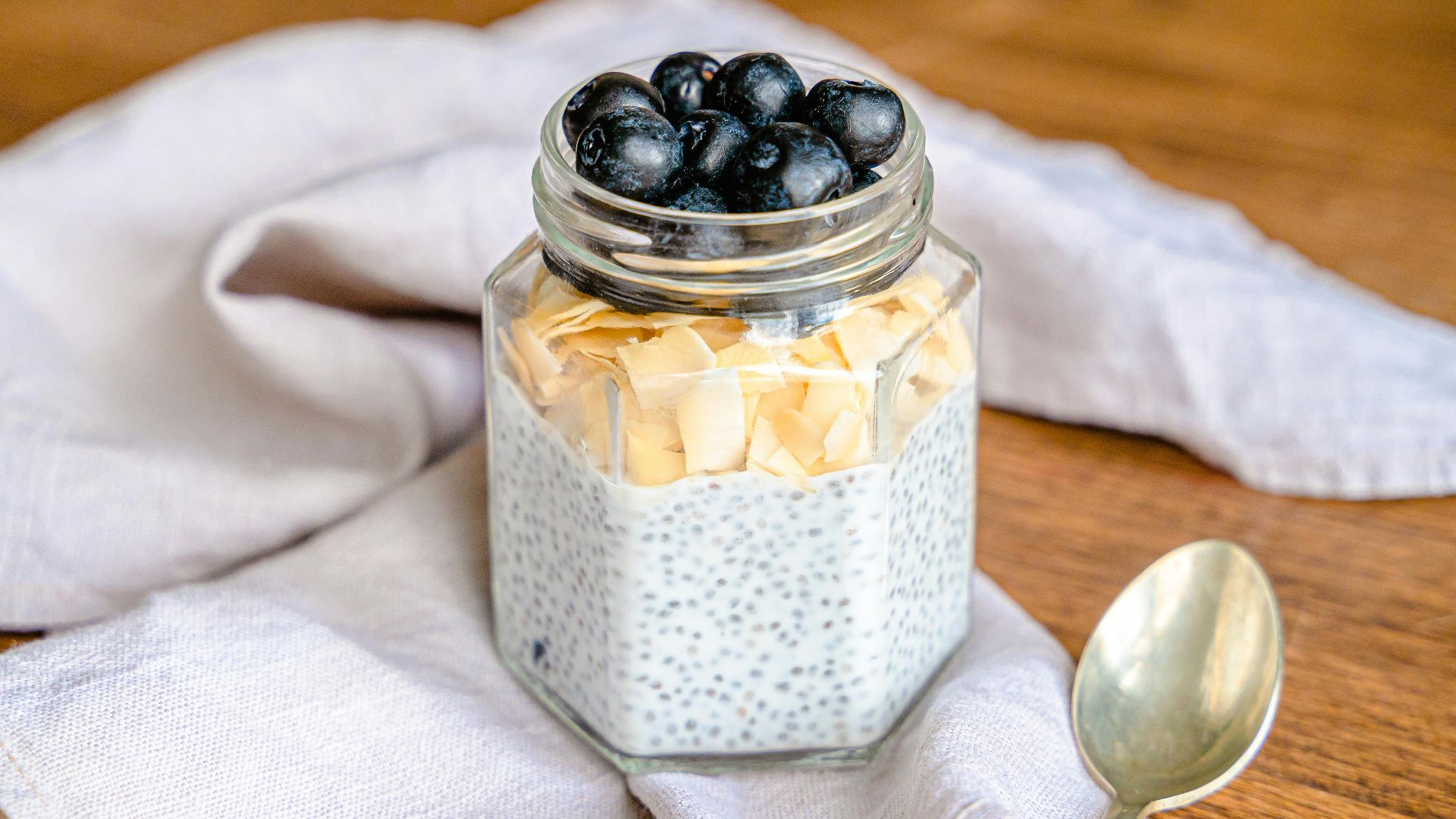What Exactly Is A Superfood And Why You Should Be Eating More Of Them
The word “superfood” might sound like a marketing invention, yet it captures something real about how certain foods work inside the body. These aren’t miracle cures or exotic secrets; they’re nutrient powerhouses packed with vitamins, minerals, and antioxidants that support long-term health in measurable ways.
Scientists and dietitians describe superfoods as foods that offer unusually high levels of beneficial compounds relative to their calorie content. And in a world where processed snacks dominate grocery aisles, superfoods stand out as simple ways to bring balance back.
So, let’s explore how these humble foods gained their super status and why your plate deserves more of them.
How Superfoods Earned Their Status
The term first caught public attention in the early 20th century, when health researchers began linking specific foods to improved vitality and disease prevention. Later, as scientific studies expanded, foods like salmon, berries, and green tea began earning a reputation for their measurable effects on heart health and longevity.
Today, the list has grown longer, yet the principle remains simple: whole foods with dense nutrition and strong antioxidant or anti-inflammatory properties tend to promote better health outcomes. For example, those small chia seeds are packed with omega-3 fatty acids that reduce inflammation. Spinach provides lutein, which supports eye health, while quinoa delivers complete plant-based protein—a rarity in grains.
Still, not all superfoods wear an exotic label. Oats, beans, and apples, easily found in American pantries, fit the definition, too. Their soluble fiber helps manage cholesterol, regulate blood sugar, and maintain digestive balance. The key lies in nutrient synergy—how compounds within these foods interact in the body to enhance absorption and strengthen immunity.
Understanding this connection reshapes how we view nutrition. Instead of chasing isolated supplements or trendy powders, embracing whole superfoods offers a more natural, sustainable path to wellness. And that brings us to the most practical question—how to actually make them part of daily life.
Bringing Superfoods Into Your Everyday Plate
Incorporating superfoods doesn’t require a drastic diet overhaul or expensive ingredients. It starts with small swaps that build habits over time. Replace sugary cereal with oatmeal topped with blueberries, add spinach to scrambled eggs, or blend Greek yogurt with chia seeds for a snack that feels indulgent.
Color is another clue when choosing superfoods. Brightly colored produce often signals high levels of antioxidants. Deep reds and purples, as in beets and berries, contain compounds that support circulation and brain health. Basically, eating a “rainbow” of foods each week ensures a wide range of protective nutrients.
However, balance remains essential. Even superfoods can’t offset the effects of a diet heavy in processed sugar and saturated fat. Their strength lies in consistency—a few nutrient-rich choices repeated daily build a foundation that no supplement can match.
So next time you fill your grocery cart, think less about chasing the latest diet headline and more about choosing foods that have quietly proven their worth over generations.
KEEP ON READING









